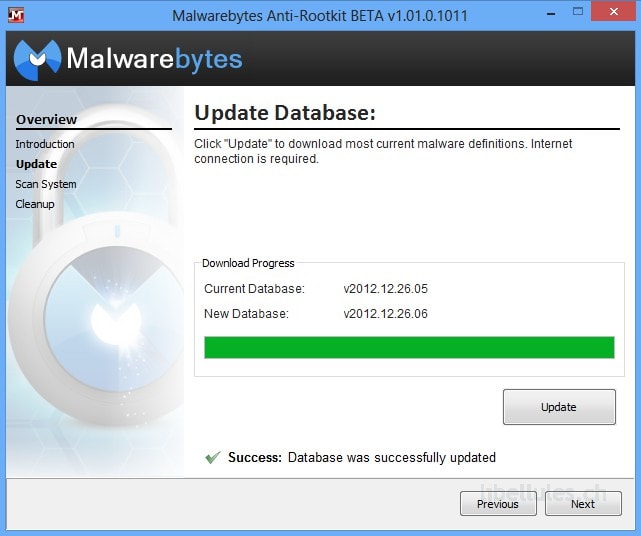
Once back in Windows, please run another scan with MBAR to verify that no threats remain. Wait while the system shuts down and the cleanup process is performed. Click on the Cleanup button to remove any threats and reboot if prompted to do so. Follow the instructions in the wizard to update the database and allow the program to scan your computer for threats. Note: On some machines, this may take up to a minute, please be patient. Follow the onscreen instructions to extract it to a location of your choice.It will extract to your desktop by default. To remove rootkits you will often need a dedicated tool like Malwarebytes Anti-Malware. There is a rule that states that a rootkit running in the lower layer cannot be detected by any rootkit software running on layers above it. The kernel of the system infected by this type of a rootkit is not aware that it is not interacting with a real hardware but with the environment altered by the rootkit. Hypervisor (Ring -1): A firmware rootkit runs on the lowest level of the computer rings, the hypervisor, which runs virtual machines. A specific variant of kernel-mode rootkit that attacks a bootloader is called a bootkit. Kernel mode (Ring 0): A kernel mode rootkit live in the kernel space, altering the behavior of kernel-mode functions. 
It uses relatively simple techniques, such as the import address table (IAT) and inline hooks, to alter the behavior of called functions. User mode (Ring 3): A user-mode rootkit is the most common and the easiest to implement. Depending on its method of infection, operation, and persistence, rootkits can be divided into the following types:





 0 kommentar(er)
0 kommentar(er)
